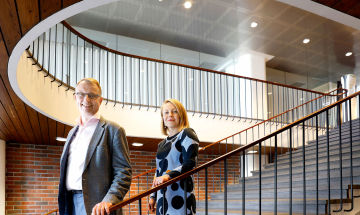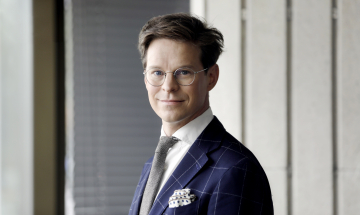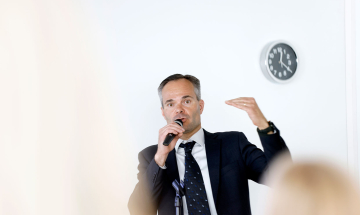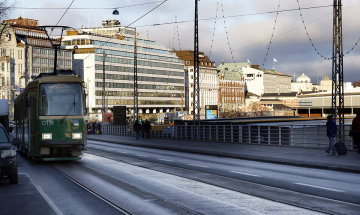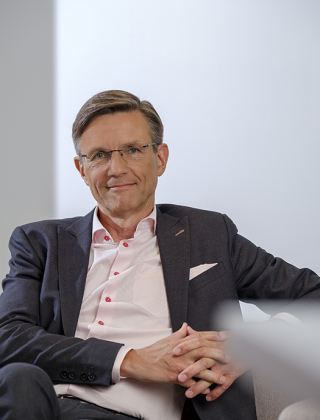
Using Finnish technology to create sustainable value
According to the fresh report by the Intergovernmental Panel on Climate Change (IPPC), quick measures must be taken to limit global warming to 1.5 degrees. Fortunately, ways to reduce emissions already exist. Global warming can be curbed if investments in low-carbon technologies and new innovations can be increased on a global level. The long-term goal must be to reach a balance between humans’ actions and the Earth’s carrying capacity.
Transportation becoming electric would significantly reduce emissions. Transportation causes nearly a third of greenhouse gas emissions in the EU, with road traffic covering over 70 per cent of this. Positive development is thankfully already taking place: the share of electric cars in the Nordic countries increased by 57 per cent last year alone.
However, the sufficiency of battery metals may pose a challenge. In this regard, Finland has an important task: our bedrock contains all the metals needed for batteries, and we have an exportation cluster, significant on the EU level, for recovering and refining these metals. Certain investment decisions related to the battery industry have already been made, and the opportunities in Finland for establishing battery production higher in the value chain are also good.
A wind power plant requires up to 11 different metals.
In addition to electric transportation, increasing renewable energy is a central source of reduced emissions. Wind and solar energy have seen rapid global growth for years. Wind power has also emerged as a profitable alternative due to the increased size of the plants. Finland has good potential for significant extensions in offshore and onshore wind power. The increasing use of renewable energy also increases the need for raw materials. A wind power plant requires up to 11 different metals.
An industry that manufactures low-carbon technologies can also reduce its own emissions, which many companies have done for a long time. For example, the EU’s steel industry has reduced its carbon dioxide emissions by over 50 per cent since the 1960s. Even now, there are several ongoing projects that seek to cut emissions.
In the HYBRIT venture, SSAB, LKAB and Vattenfall are attempting to get rid of carbon dioxide emissions from steel production entirely by replacing coke in steel production with hydrogen. The companies are aiming for steel production to be free of carbon dioxide emissions in the year 2035 at the latest. Upon its success, HYBRIT would reduce Finland’s CO2 emissions by seven per cent.
Advancing circular economy is important when shifting into a low-carbon economy. However, fresh raw materials will continue to be necessary alongside recyclable materials. These should be produced in Finland, where the ethical way of production can be trusted.
Finland must do its own share in the climate work and reduce its own emissions, but we could do even more by exporting low-carbon technology into other countries. An export industry relying on our strengths is in the interest of Finland, the environment and the entire world.
Jaakko Hirvola
CEO
Technology Industries of Finland
@JaakkoHirvola
